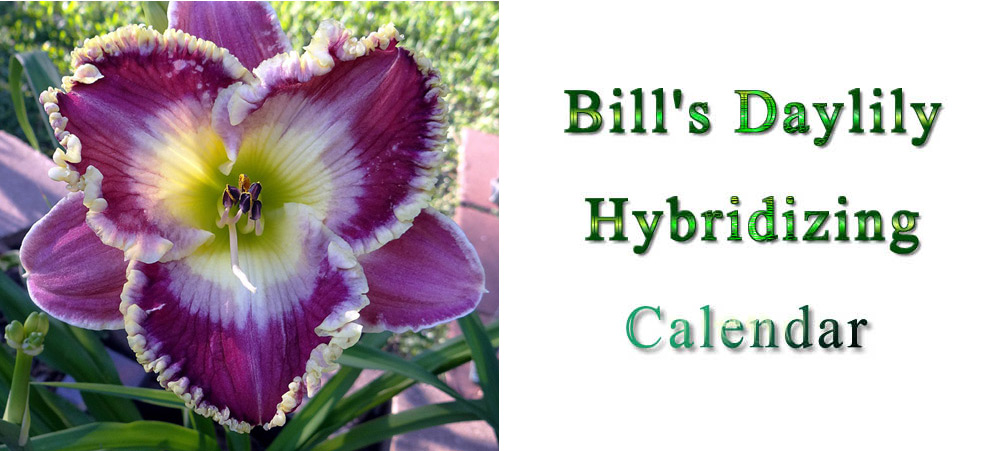Next I needed to cut and 'X' for each seedling transplant into the weed block fabric. With a bed capacity of 900+ seedlings, that's a lot of 'X'es to cut. To facilitate this I made a template out of a 4'x4' 1 inch pegboard that I purchased at the home improvement store.

Using the holes as a guide, I cut 2" 'X'es in the pegboard. They are spaced 4" apart in rows and the rows are 8" apart. I realize this puts the seedlings quite close together but I have limited space and this works for me. It took me a while to make the template but I have been using it for years.

In the picture to the right I use an inexpensive fillet knife to make the 'X'es in the weed block fabric using the template as a guide. More recently, I have found that a box cutter works just as well and the blades can be replaced inexpensively when they become dull. That's a big help because I was never very good at sharpening the fillet knife.

Regardless of what's used to cut the X's, it's important to keep the knife sharp so that the cuts are quick and easy and don't tear the fabric.

The result is nice clean cut and evenly spaced 'X'es.

The seedlings have formed a nice root mass shaped like the cell of the trays they are growing in. To make transplanting a snap I made myself a 'dibble' using a 2 foot piece of round wood typically used in making handrails. I shaped one end to a blunt point and it looks remarkably similar in shape to the root ball of the seedlings.

I use the dibble to make a hole at each 'X' and drop a seedling into the hole.

I then put old markers to separate the different crosses in a row and I make a map of the entire seedling bed so I know what crosses are planted where.

